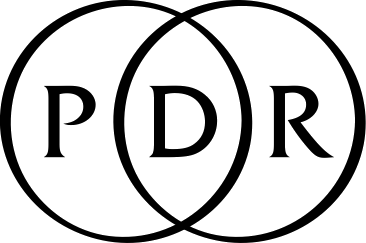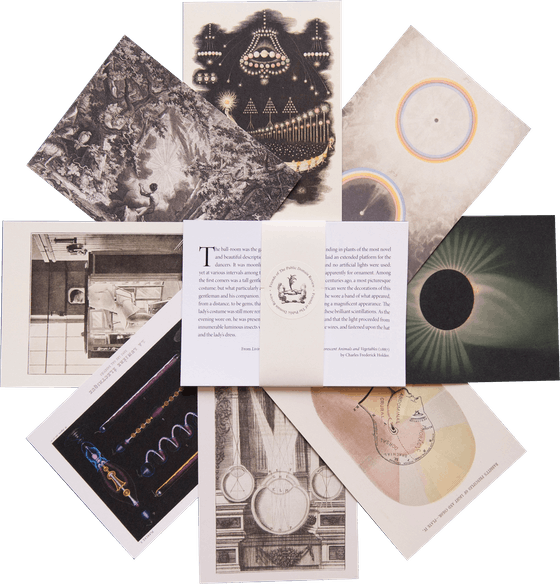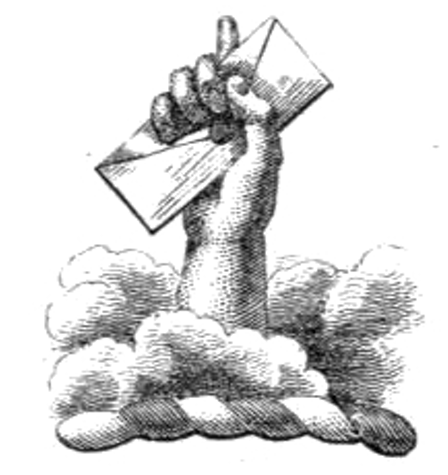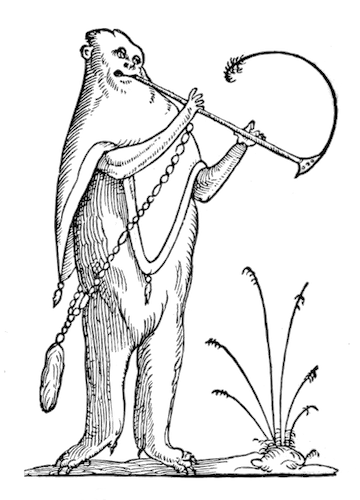
Henri Rivière’s Thirty-Six Views of the Eiffel Tower (1888–1902)
In late January 1887, construction work began on Gustave Eiffel’s eponymous tower — a process that was completed at record speed, just in time for the 1889 Exposition Universelle. At 330 metres, the tower would be the world’s tallest manmade structure to date, a beacon of France’s industrial prowess, but no sooner had the foundations been laid than the controversy began. Critics feared a “useless”, “monstruous” eyesore that would overshadow Notre Dame, the Pantheon, and other cherished monuments on the Parisian skyline. As the tower emerged, one iron girder after the next, the verdicts came in: a “hole-riddled suppository” (Joris-Karl Huysmans), a “truly tragic streetlamp” (Léon Bloy). Others were more positive, seeing in this unprecedented feat of engineering the same symbol of modernity that would be immortalised, decades later, in Guillaume Apollinaire’s calligrams or Marc Chagall’s and Robert Delauney’s paintings. But what did the artists of the time make of the so-called Iron Lady, and how did they set about capturing in their art something of what the tower seemed to embody about the modern world?
Japanese woodblock printing may not be the obvious answer, but it was perhaps an inevitable one, given the wave of Japonisme that subsumed France in the latter half of the nineteenth century. The craze for all things Japanese began in the 1850s when, after a long period of self-imposed isolation, the country opened up to international trade, triggering an influx of goods — fans, screens, kimonos, ukiyo-e woodblock prints — onto the European market. Artists such as Claude Monet, Edouard Manet, and Vincent Van Gogh drew inspiration from the then-unfamiliar aesthetics of Japanese prints, their novel compositions and perspectives, their colour blocks, heavy black outlines, and use of empty space.
Henri Rivière (1864–1951), a Paris-born artist who spent his time between the French capital and the coast of Brittany, shared this enthusiasm, but was unique among his peers in that he was the first to attempt to replicate not just the visual vocabulary of the Japanese masters, but also their printing methods. In 1888, as the Eiffel Tower began to take shape on the banks of the Seine, Rivière started working on an idea for a series of colour woodcuts based on Hokusai’s Thirty-Six Views of Mount Fuji (1830–32). There being no manuals on Japanese printing techniques at the time, he had to proceed by guesswork and trial and error. He experimented with pigments diluted in water rather than the oily, opaque inks used in Europe, and devised makeshift tools, such as a disk-shaped “barren” used to transfer the woodcuts onto paper by hand. In the process, he blurred a traditional distinction maintained in France between the artist, who supplied the original image for printing, and the artisan or technician, who engraved the artist’s original onto wood and then transformed it into a series of prints.
During this period of experimentation, Rivière created two colour woodcuts Le chantier de la Tour Eiffel (The Eiffel Tower’s construction site) and La Tour Eiffel du viaduc d’Auteuil (The Eiffel Tower from the Auteuil viaduct), before determining that the process was too time consuming and restrictive in the small number of prints that could be produced. Later, he decided to pursue his thirty-six views of the Eiffel Tower as lithographs, but these early experiments appear to have left their mark. Some of the most arresting images in Les trente-six vues de la Tour Eiffel are those that depict labourers, technicians, and craftsmen — the many hands that made the rapid-fire construction project possible. In place of the fishermen and rice harvesters that appear in Hokusai’s Thirty-Six Views of Mount Fuji, Rivière presents the workers of an industrial age — figures hauling freight, loading up steamboats, or harnessed to iron beams. Instead of the bright blues and greens Hokusai used to represent the natural world, Rivière adopts a more muted palette of browns and greys reflective of the metalwork and masonry of the modern urban environment.
Most striking of all is how Rivière uses the cropped compositions characteristic of Japanese woodblock prints to capture the fragmentary way in which the contemporary viewer encounters the Eiffel Tower, and the city more broadly. The tower, in all its unprecedented scale, is more often than not glimpsed between buildings or rising above roof tops, appearing in truncated form rather than as a cohesive whole. So, too, Paris, whose population grew from around 540,000 to 2.7 million over the course of the nineteenth century, finds an apt expression in a cluster of chimney pots that sprawl off into the distance and disappear out of frame, as if gesturing toward the city’s boundless size.
Interesting in this respect are the images depicting close-ups of the tower’s girders: En haut de la Tour (At the top of the tower), Dans la Tour (On the tower), Ouvrier plombier dans la Tour (Ironworker on the tower), and Le peintre dans la Tour (The painter on the tower). These four images were based on photographs the artist took during a press tour of the tower while it was still under construction. The resulting lithographs look simultaneously backward and forward — backward to the compositional techniques of the ukiyo-e tradition and forward to the burgeoning realm of photography, with its own distinct format: the snapshot.
Enjoyed this piece? We need your help to keep publishing.
The PDR is a non-profit project kept alive by reader donations – no ads, no paywalls, just the generosity of our community. It’s a really exciting model, but we need your help to keep it thriving. Visit our support page to become a Friend and receive our themed postcard packs. Or give a one-off donation. Already a supporter? A huge thank you for making all this possible.
Frontispiece
The Eiffel Tower Building Site
The Tower Under Construction, Seen from the Trocadéro
Beethoven Street
From the Market Gardens of Grenelle
From Saints-Pères Bridge
From the Quai de la Conférence
From Notre-Dame
From Boulevard de Clichy
From Point-du-Jour
Celebration on the Seine, 14 July
From the Quai de Passy
From Rue Lamarck
From Rue Rochechouart
From the Quai de Passy, in the Rain
On a Bateau-Mouche
From the Quai de Grenelle
From Rue des Abbesses
From the Pont de Grenelle
On the Rooftops
From the Bois de Boulogne
From Place de la Concorde
From the Île des Cygnes
Inside the Tower
From the Pont d'Austerlitz
Behind Fremiet’s Elk (Trocadéro)
From the Quai de Javel (Signalman’s Hut)
Ironworker working on the Tower
From the Quai de Passy – Coalmen
From Bas-Meudon Station
From the Estacade
From the Trocadéro Gardens, Autumn
The Barges
The Painter on the Tower
Nov 25, 2025








